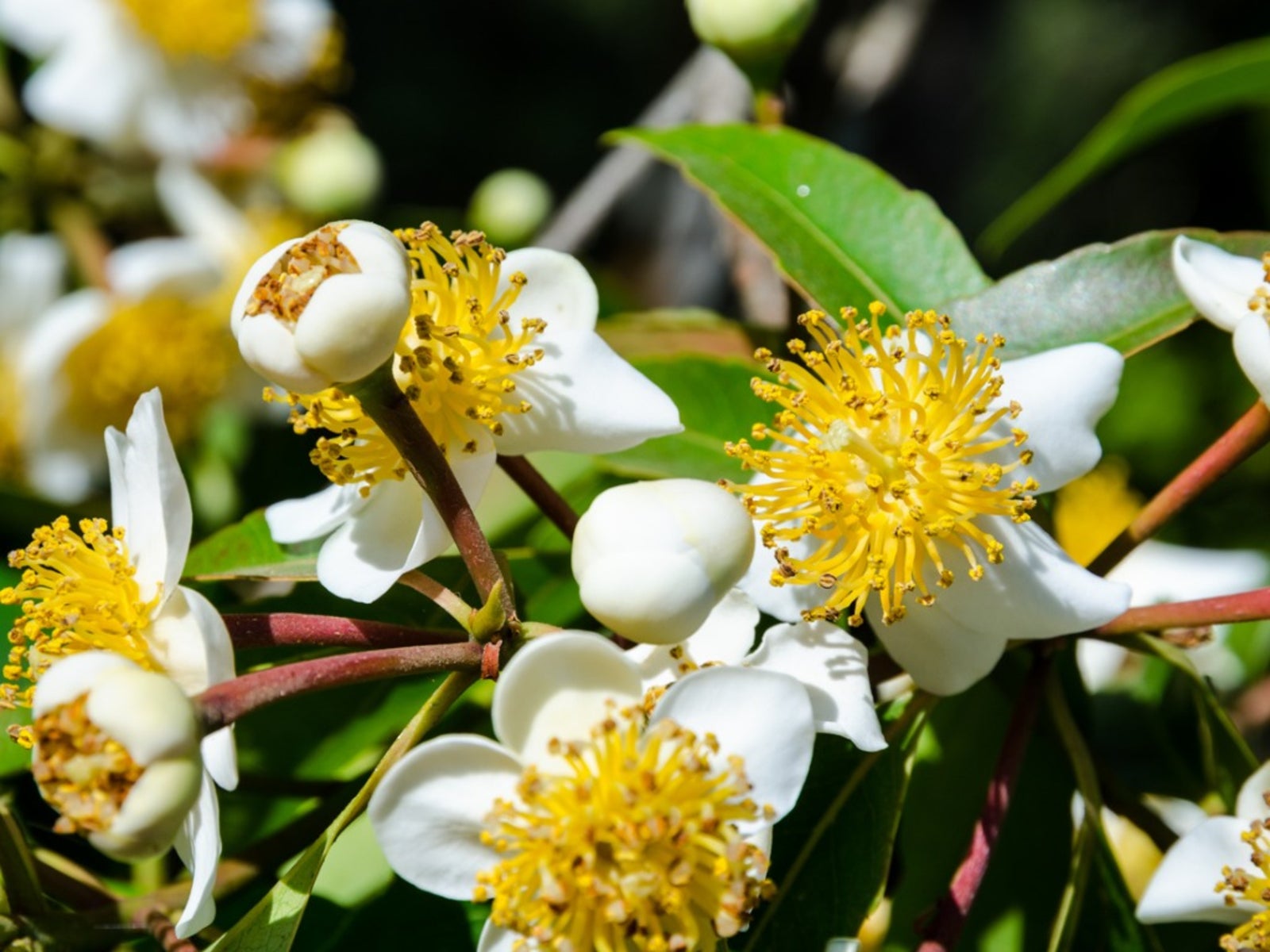Calophyllum Tree Info: Learn About Growing The Beauty Leaf Tree


With showy white flowers that bloom in summer, and attractive glossy evergreen foliage, beauty leaf trees are tropical gems that deserve their name. They grow slowly to a height of up to 50 feet (15 m.) with a lush canopy that spreads 30 to 50 feet (9 to 15 m.). Their intense fragrance and dense shade make them highly desirable specimen trees but, as you'll see, they aren't suitable for most North American landscapes.
What is a Beauty Leaf Tree?
Beauty leaf tree (Calophyllum inophyllum) is a broadleaf evergreen native to Australia, Eastern Africa and Southern India to Malaysia. According to most Calophyllum tree info, lumber from a beauty leaf is very hard and of high quality. In shipbuilding it is used to make masts and planks, and it is also used to build fine furniture. All parts of the Calophyllum beauty leaf are considered poisonous. The fruit is so toxic that it can be ground and used as rat bait. The sap is fatal when introduced into the blood stream, and was once used as arrow poison. Beauty leaf trees make a fine windbreak or hedge trees. They excel as street trees in areas that aren't frequented by pedestrians. Calophyllums can also be used for espalier trees. Calophyllum beauty leaf is a great tree for frost-free coastal areas. Sandy soil, strong winds and salt spray aren't a problem. High winds give the trunk a lovely, gnarled and twisted character. The branches are strong and don't break when blown about.
Can You Grow Calophyllum Trees?
Beauty leaf trees are only for gardeners in frost-free areas. Rated for USDA plant hardiness zones 10b and 11, they die when exposed to freezing temperatures. If you live in a climate where you can grow a beauty leaf tree, you should consider the impact the fruit has on the landscape before planting the tree. Hard, golf ball-sized fruit drop from the tree when ripe. The fruit serves no useful purpose since it is poisonous and is not attractive to wildlife. Leaves and fruit create a significant litter problem, and falling fruit is a hazard to anyone who wants to enjoy the shade of the tree's dense canopy.
Gardening tips, videos, info and more delivered right to your inbox!
Sign up for the Gardening Know How newsletter today and receive a free copy of our e-book "How to Grow Delicious Tomatoes".

Jackie Carroll has written over 500 articles for Gardening Know How on a wide range of topics.
-
 My Homemade Orchid Fertilizer Always Brings More Blooms – Here's The Easy Recipe That Transforms Plants
My Homemade Orchid Fertilizer Always Brings More Blooms – Here's The Easy Recipe That Transforms PlantsScientist-turned-gardener Mary Ellen Ellis shares her tried-and-tested DIY orchid fertilizer recipe, plus more ingredients to try for healthy, happy plants.
By Mary Ellen Ellis
-
 Looking For Plants To Give You The Soft And Fuzzies? Try These 5 Fuzzy Leaf Plant Options
Looking For Plants To Give You The Soft And Fuzzies? Try These 5 Fuzzy Leaf Plant OptionsLovers of texture, drama, silver foliage and tactile plants will adore these special sensory garden additions. These fuzzy leaf plant options will leave you all aglow
By Susan Albert